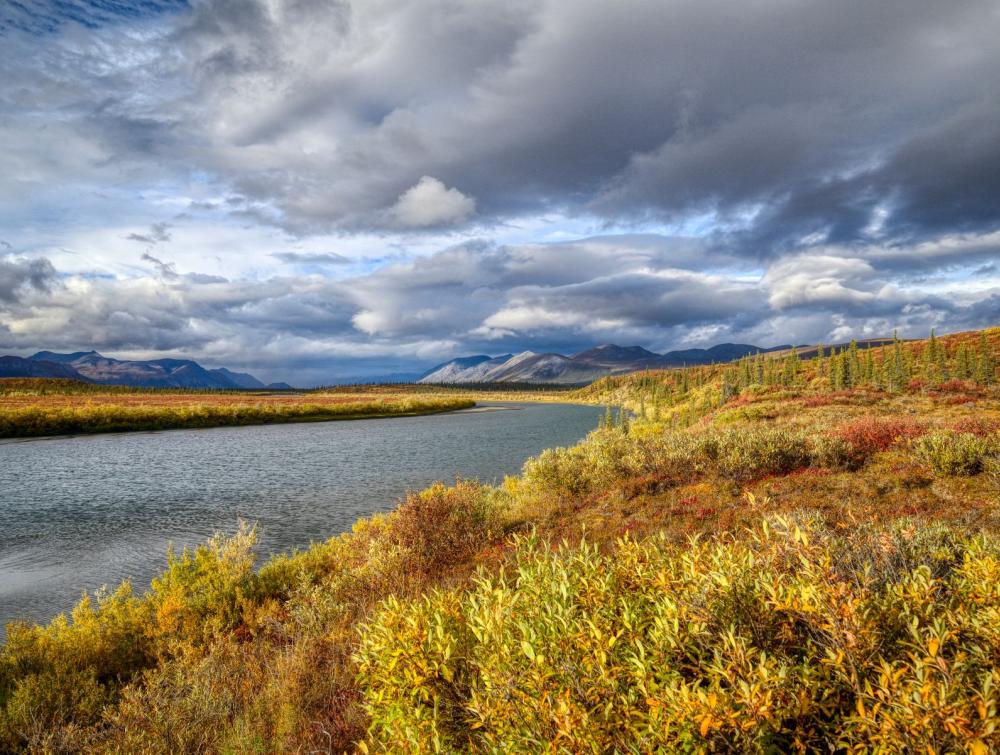Public meeting draws large crowd in support of proposed Sáttítla National Monument in Northern California

Arctic National Wildlife Refuge, AK
Georgia and Edward Bennett
Department of Agriculture hears from over 500 people on an Indigenous-led proposal to protect clean water in one of California’s critical headwaters
Over 500 people—including Tribal leaders, local community members, and conservation advocates—gathered in Weed, California, to attend a public meeting regarding the proposed Sáttítla National Monument. The Pit River Tribe and other monument supporters seek to safeguard this ecologically and culturally significant region, also known as Medicine Lake Highlands, nestled in the forests of Northern California. The meeting, organized by the U.S. Department of Agriculture (USDA), provided an in-person opportunity for the public to express support for the potential designation.
"Sáttítla is home to a diverse range of unique species and ecosystems that are essential to the health of Northern California’s environment. Designating this region as a national monument will not only protect its natural treasures from industrial development but also honor the traditional knowledge of Tribes with deep, enduring connections to the land,” said Dan Smuts, Senior Director, Pacific Region of The Wilderness Society. “This is an opportunity to integrate cultural and ecological stewardship in the management of these lands, ensuring their protection for future generations.”
Located within the Shasta-Trinity, Klamath, and Modoc National Forests, Sáttítla has been a spiritual center for the Pit River, Modoc, Shasta, Karuk, and Wintu Tribes for thousands of years. The area continues to serve as a sacred site for ceremonies, religious practices, and cultural gatherings, especially for the Pit River and Modoc Tribes, who view the land as integral to their identities and traditions.
In addition to its cultural significance, Sáttítla is crucial to the health and well-being of millions of Californians. The region is often referred to as the headwaters of the state due to its role in providing clean, cold water from its volcanic aquifers. These aquifers, which store vast amounts of snowmelt, supply vital water to both human and wildlife communities across the state, including farms downstream.
By designating Sáttítla as a national monument, its cultural heritage will be preserved, and its essential water resources safeguarded for future generations. We thank USDA for offering an opportunity for local advocates to articulate their vision for this remarkable place.
Now, we urge President Biden to safeguard these 200,000 acres of culturally significant, ecologically rich, and geologically unique land for future generations as the country’s next national monument.
To learn more, contact Gaby Diaz, communications manager: gaby_diaz@tws.org
